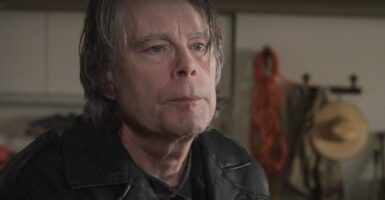8 Mind-Bending Concepts Explored In The Twilight Zone
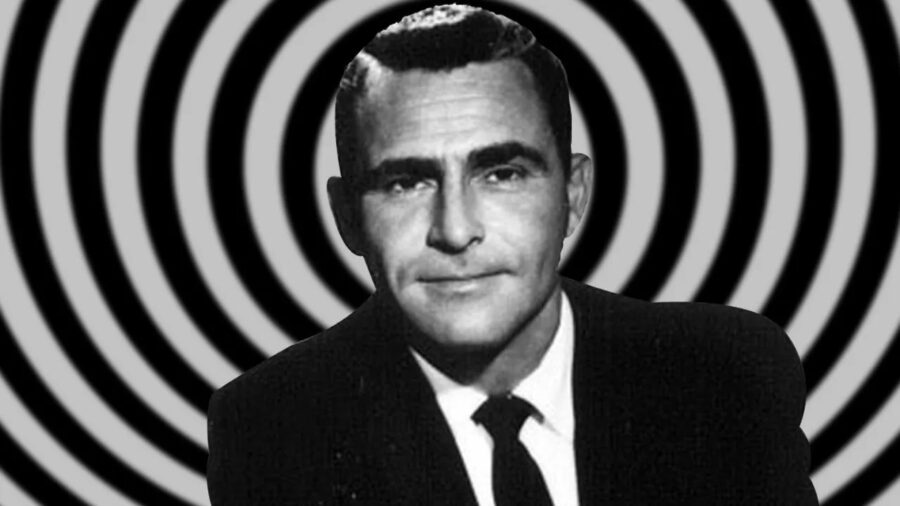
Airing between 1959 to 1964 and comprising five groundbreaking seasons, The Twilight Zone has undoubtedly cemented its status as one of the most influential television shows of all time. Known for its bold exploration of complex and perplexing concepts, this anthology series, masterminded by Rod Serling, persistently challenged moral and scientific boundaries through its narratives.
Although the show delved into countless mind-bending concepts, we’ll be examining eight of the most distinguished ones in the following list.
8. Faustian Bargains
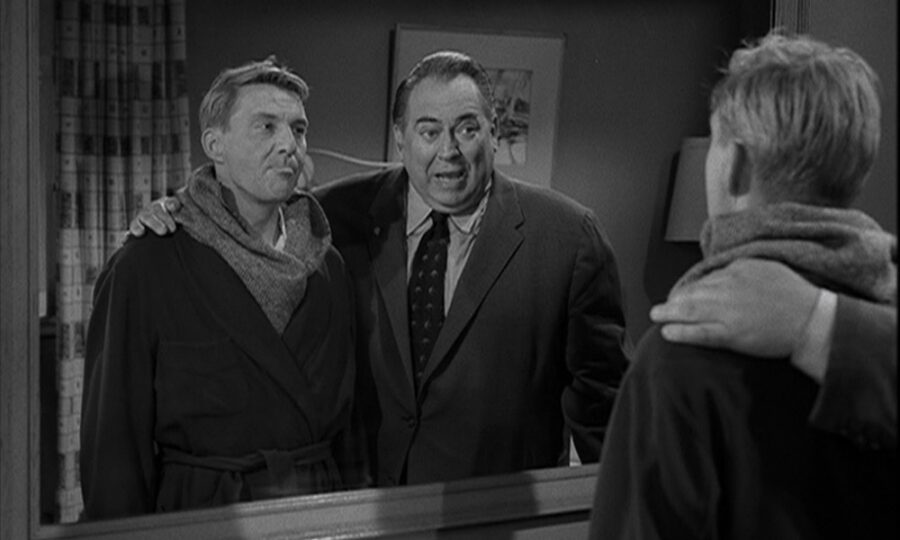
In multiple spine-chilling episodes, The Twilight Zone adeptly incorporated the theme of Faustian bargains, where characters willingly traded their souls or integrity for fleeting advantages. In the sixth episode of the show’s first season, “Escape Clause,” a hypochondriac strikes a deal with the devil for immortality, only to discover the wearisome monotony of eternal life.
Similarly, in “Printer’s Devil,” from the show’s fourth season, a struggling newspaper owner, driven by desperation, signs a contract that promises success but exacts a tremendous personal cost.
Additionally, in the show’s 38th episode, “The Man in the Bottle,” a couple is granted four wishes by a genie, yet each wish leads to unexpected consequences.
7. Time Loops
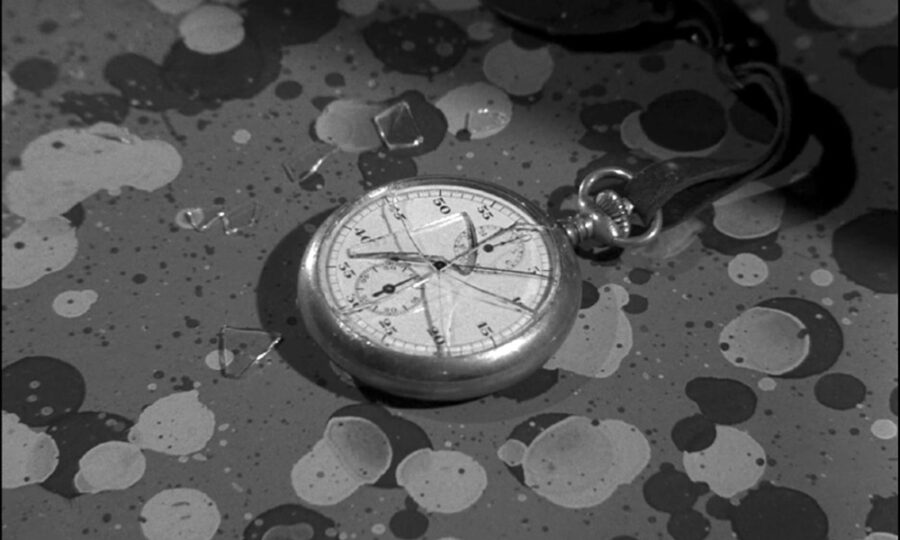
The Twilight Zone incorporated the concept of time loops into several of its most thought-provoking episodes. A notable instance is “Shadow Play,” from the show’s second season, in which a man condemned to death finds himself reliving his execution in a perpetual nightmare, effectively trapped in a time loop.
Another significant example is seen in “Walking Distance,” where the main character seemingly travels back in time, revisiting a summer from his youth and even encountering his younger self, while attempting to alter his own past.
In one of the show’s later episodes, titled “A Kind of a Stopwatch,” a man is able to halt time using a stopwatch. However, he finds himself confined within an unchanging time loop when the device breaks.
6. Moral Dilemmas
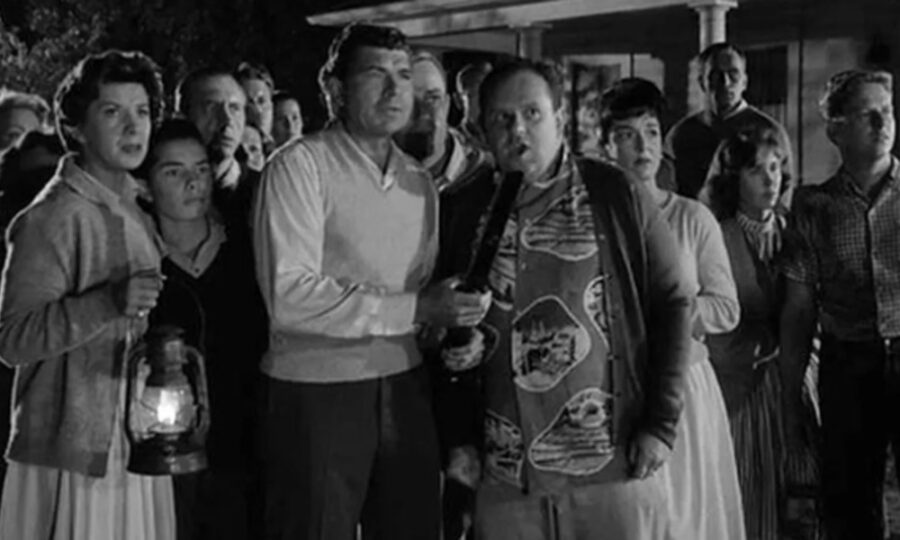
The exploration of moral dilemmas is unquestionably intriguing, and The Twilight Zone has thoroughly examined this concept in numerous episodes. In the third episode of the show’s third season, “The Shelter,” some neighbors fight over a fallout shelter during a false alarm, proving the depth of human selfishness.
In the chilling episode “The Monsters Are Due On Maple Street,” paranoia and chaos are created among neighbors, showcasing the destructive power of fear and suspicion. This particular episode, which is considered one of the best of the series, was reportedly the inspiration for the 2007 Frank Darabont-directed horror film, The Mist.
5. Psychological Mind Games
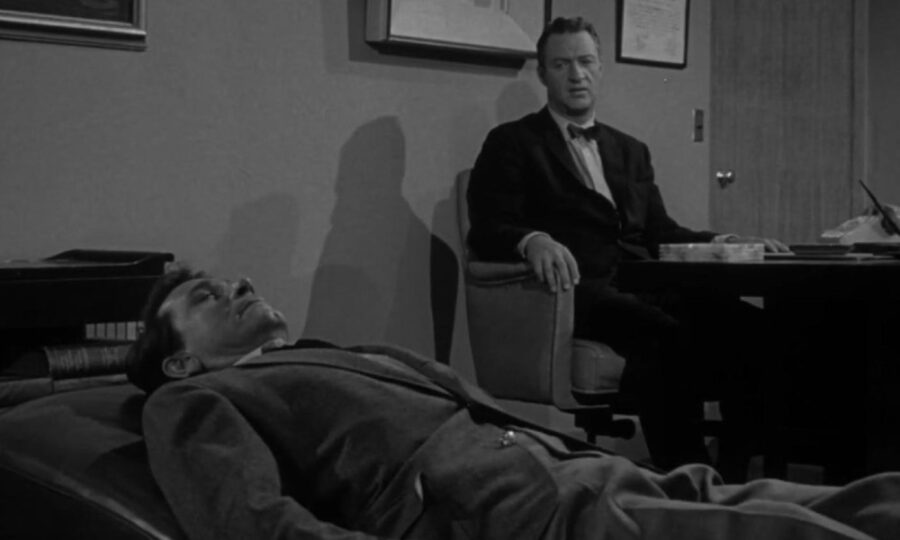
Frequently, The Twilight Zone delved into the riveting subject of psychological mind games, a theme presented and examined across various episodes. A standout example is “The After Hours,” from the show’s first season, in which a woman’s sanity is tested when she finds herself alone in a seemingly deserted department store.
Also, from the show’s first season, “Perchance to Dream” features a man terrified to sleep, fearing his recurring nightmare might kill him in reality, thus playing a deadly psychological game with himself.
Perhaps the most unnerving episode of The Twilight Zone, and its most parodied episode, that delves into the concept of psychological mind games is “Nightmare at 20,000 Feet,” where a passenger’s sanity is questioned when he alone sees a gremlin on the plane’s wing.
4. Perception And Reality
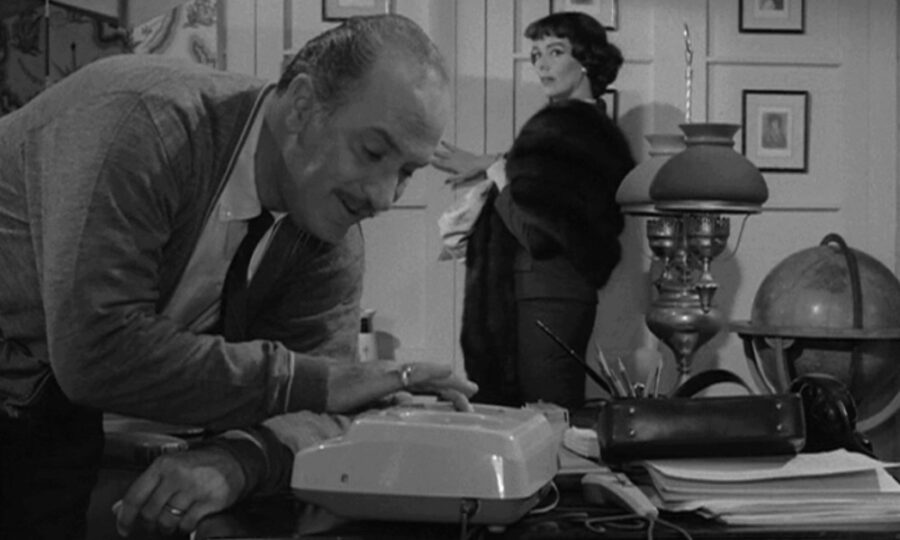
On more than one occasion, The Twilight Zone masterfully traversed the complex themes of perception and reality, often interweaving the two until they became indistinguishable. This is exemplified in “Shadow Play,” from the show’s second season, where a man, entrapped in a perpetual nightmare of his impending execution, convinces others they are mere apparitions in his dream, thus destabilizing their sense of reality.
In a similar vein, Episode 36, “A World of His Own” introduces a writer whose dictation machine can manifest his imaginings into reality, effectively blurring the line between the real and the fantastical.
Furthermore, an adaptation of Ambrose Bierce’s “An Occurrence at Owl Creek Bridge” showcases a man’s illusion of escaping execution, revealed eventually as a fleeting deathbed hallucination. These episodes from The Twilight Zone undoubtedly expanded the horizons of viewers’ comprehension of reality, encouraging them to look deep into their own perceptions.
3. Identity And Existence
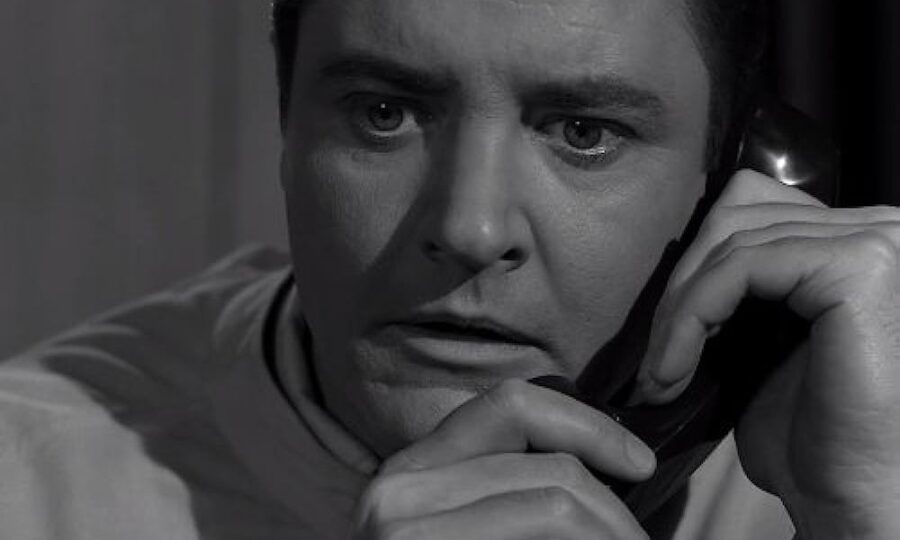
The Twilight Zone has frequently explored the complex themes of identity and existence in thought-provoking ways. Season 3 Episode 14, “Five Characters in Search of an Exit,” presents a group of individuals grappling with the nature of their existence upon realizing they are merely toys in a donation bin.
In another episode from the same season, “Person or Persons Unknown,” a man wakes up in a world where he is a stranger to everyone, including his wife, posing a potent question about the nature of personal identity.
In the second season, the sixth episode, “The Eye of the Beholder,” stands as a unique critique of societal norms and individual identity, crafting a world that reverses conventional notions of beauty. By weaving such surreal narratives, The Twilight Zone effectively challenged its viewers to reassess their concepts of self and the fundamentals of existence.
2. Time Travel
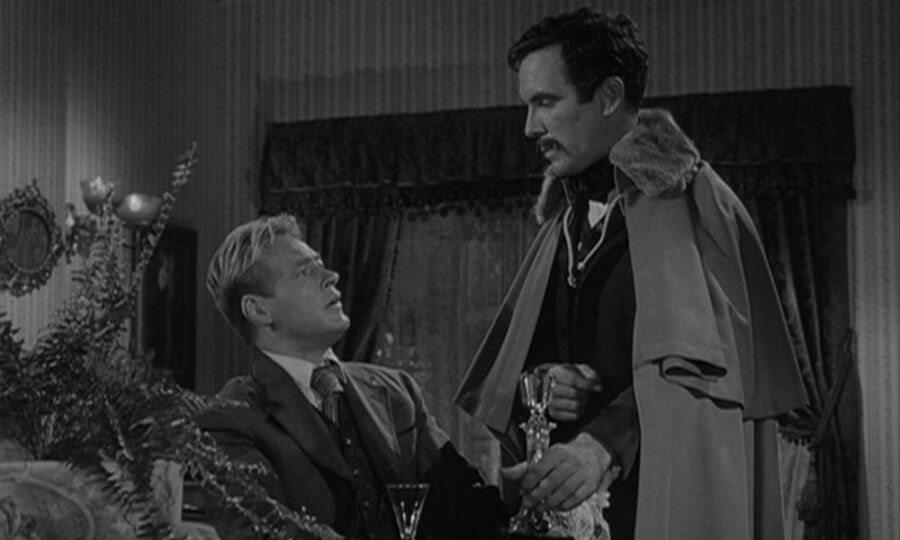
While The Twilight Zone may not have been the first film or television show to venture into the thrilling world of time travel, it undoubtedly engaged with the concept in profound ways. A prime example is one of the show’s earliest episodes, “Walking Distance,” where a weary businessman accidentally stumbles upon his childhood town, only to find that he has traveled back in time.
Similarly, in the show’s 49th episode, “Back There,” a man who, following a debate about time travel, finds himself transported back to the day of Abraham Lincoln’s assassination.
Through these episodes, The Twilight Zone scrutinized the consequences of meddling with time, an examination that was extremely entertaining and got viewers talking.
1. Alternate Realities
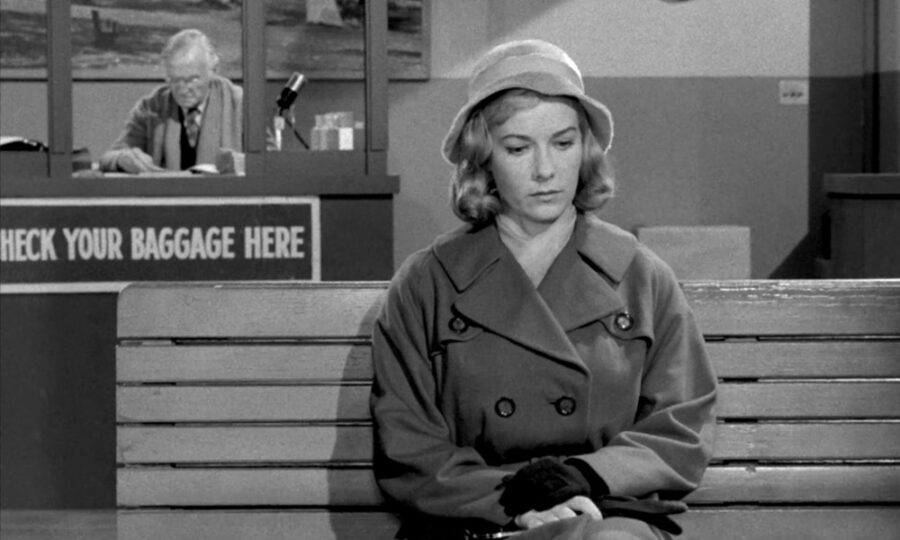
The Twilight Zone explored the fascinating concept of alternate realities in multiple episodes. One notable example is the first season’s 21st episode, “Mirror Image,” where a woman meets her doppelganger at a bus station, hinting at a parallel universe. This episode proved influential, with filmmaker Jordan Peele crediting it as inspiration for his acclaimed horror movie Us.
Delving further, Season 1 Episode 23, “A World of Difference,” presents a man whose reality morphs suddenly, transforming from a routine businessman to an actor on a film set. Moreover, in the fourth season’s “The Parallel,” an astronaut finds himself on a mirror Earth with subtle discrepancies in his life.
Nowadays, movies and television shows frequently delve into the concept of alternate realities, but The Twilight Zone was one of the first that pioneered this exploration, underscoring the show’s enduring influence yet again.










